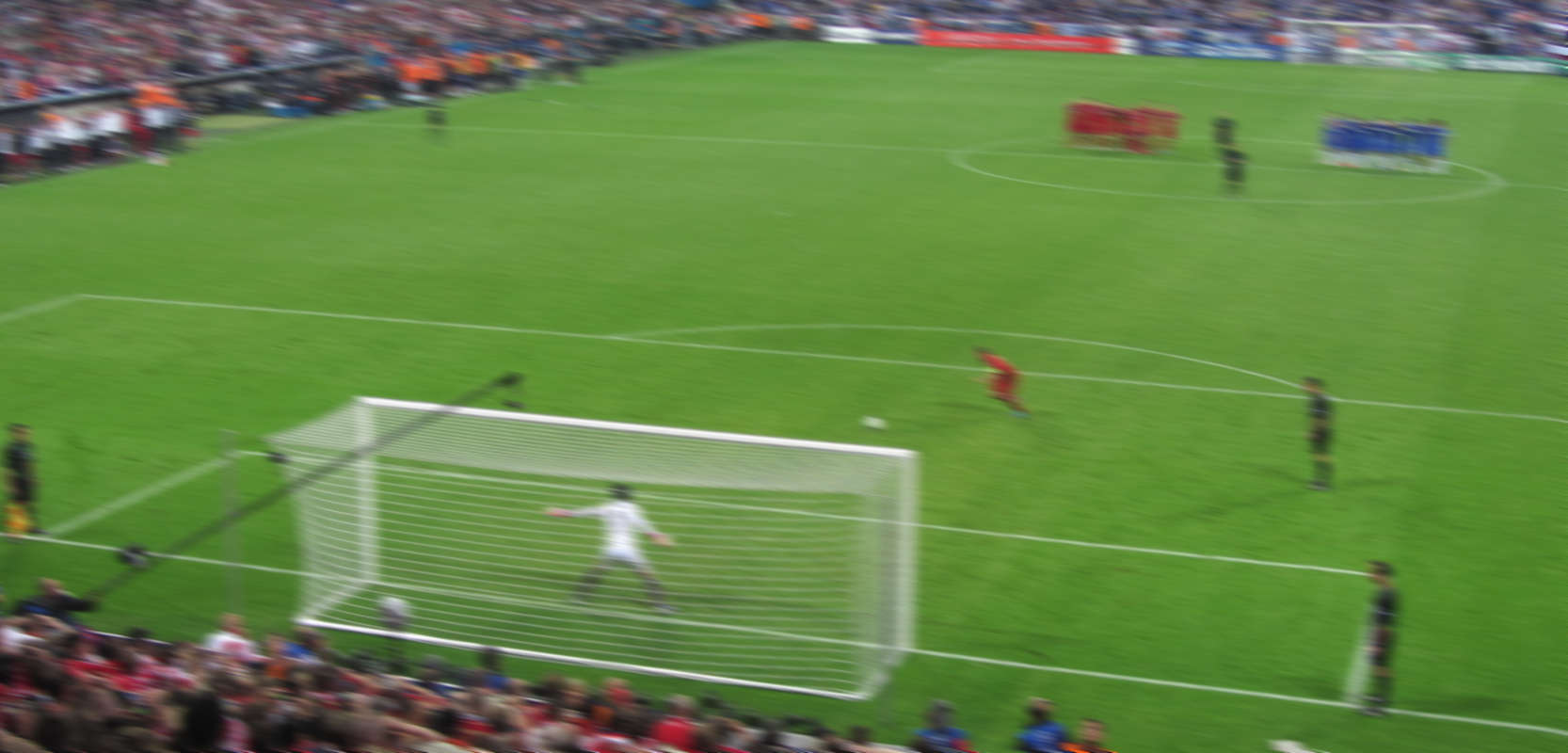Law 17: The corner kick
In this article the development of the corner kick is described. Note: Until the FA Rules, there is no distinction between (early forms of the) goal kick and corner kick. The same laws always apply for the restart of the game as soon as the ball is behind the goal – outside the goalposts. The differentiation between goal kick and corner kick nowadays was introduced 1867/1872. Year (Source) new or changed laws (proposing club/association, if known) 1857 (Eton Field Game) After the ball has crossed the goal line, the game is restarted with a bully opposite the point where the ball had gone out. 1858 (Sheffield FC) Goal kick from a point 25 yd behind the goal. 1858 (Harrow Football) When the ball has crossed the goal line, it must be kicked directly on the field. There, it must be first touched be the attacking team before the defending team is allowed to touch it. 1862 (Blackheath FC) When the ball is behind the goal line, the game restarts with a place kick from the …

